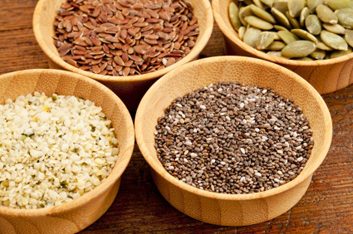
Seeds pack a nutritional punch
Healthy and compact, seeds are the latest food to receive plenty of nutritional buzz. Sarah Remmer, a Calgary-based registered dietitian and nutrition coach, gives us the scoop on six varieties of these healthy heavy hitters.
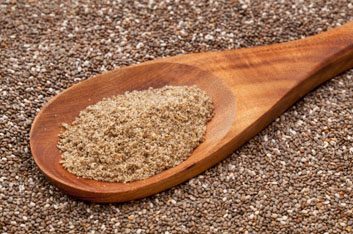
Chia seeds
Ready for a healthy surprise? The seeds famously celebrated in the ‘ch-ch-chia’ pets TV commercial pack a huge nutritional punch. Chia seeds – particularly the Salba variety – are high in iron, folate, calcium, magnesium, omega-3 fatty acids and soluble fibre. “Iron and folate are both essential nutrients needed for health,” says Remmer. The calcium and magnesium promote bone and dental health, while the omega-3s help your heart by lowering triglycerides – the bad fats in your blood that can cause coronary artery disease. “The soluble fibre helps decrease cholesterol, stabilizes blood sugar levels and helps you feel fuller longer,” says Remmer.
How to use them: Never eat the seeds that come with a chia pet. Instead, purchase fresh seeds from a health food store. “Simply add them to a smoothie, yogurt, cereal, muffin recipes or sprinkle on a salad. Chia seeds are also gluten free,” says Remmer.
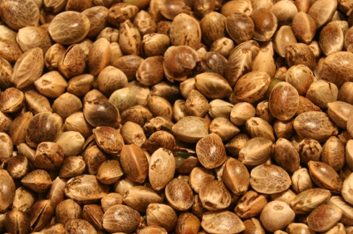
Hemp seeds
“Hemp seeds are very nutritious and a great source of complete protein,” says Remmer. “They have lots of fibre that helps with gastrointestinal and heart health.” Hemp seeds promote healthy hair and skin growth thanks to their omega-3 and 6 fatty acid content. Omega-3s also reduce inflammation and boost brain and cardiovascular health. Plus, hemp seeds contain phytosterols, plant-based compounds that help lower cholesterol levels. But don’t be worried about hemp’s relation to marijuana. While they’re both members of the cannabis family, hemp doesn’t contain THC, marijuana’s active ingredient, so you can’t become high from consuming hemp seeds.
How to use them: Remmer says that hemp seeds and their oil are both rich in heart healthy polyunsaturated fats. Use them in salads and smoothies. The seeds are also ideal for baked goods, shakes, yogurt and cereal. They’re gluten-free too.
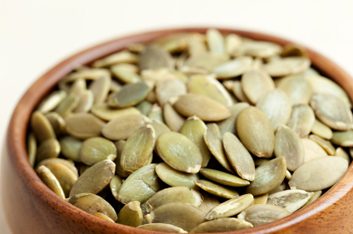
Pumpkin seeds
Pumpkin seeds, also known as Pepitas, are a tasty source of B vitamins, iron, magnesium, zinc and protein. “The protein in pumpkin seeds is highly concentrated in an amino acid called Tryptophan, which helps lower anxiety levels. For this reason, they have been used to treat some anxiety disorders,” says Remmer. Pumpkin seeds also have high levels of essential fatty acids that help keep our blood vessels healthy and lower bad cholesterol.
How to use them: Raw or roasted pumpkin seeds make a healthy snack, or you can use them in baking, cooking, as a soup garnish, and in homemade trail mix or granola. Pumpkin seed oil makes a healthy addition to salad dressings, and dips, however, it’s unadvisable to cook with pumpkin seed oil as heat can destroy its nutritional properties.
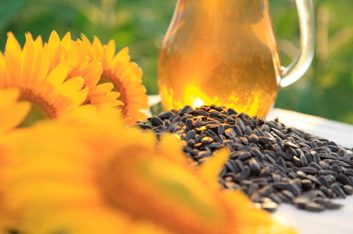
Sunflower seeds
“Sunflower seeds are an excellent source of B vitamins including folate, which helps to support healthy pregnancy and promotes a healthy immune system,” says Remmer. “They’re also an excellent source of Vitamin E – an antioxidant that protects your cells from damage, helps maintain healthy hair and skin, and may help to prevent cancer.” These multitasking seeds are also rich in protein and heart-healthy fats.
How to use them: “Sunflower seeds can be eaten by themselves, or in cookie or muffin recipes. Add them to salads, stir-fries and trail mix,” says Remmer. But beware of salted sunflower seeds. The sodium levels in pre-salted seeds are quite high and excessive salt lowers the seeds’ nutritional value.
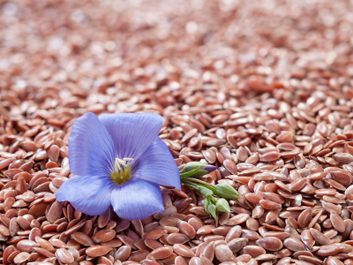
Flax seeds
“Flax seeds are bursting with nutritional benefits,” says Remmer. A great source of soluble fibre, flax helps lower cholesterol, makes you feel fuller longer and aids in stabilizing blood sugar levels. Flax seeds are also packed with omega-3 fatty acid, so they’re beneficial to eye and brain health, and can help lower triglycerides in the blood. “Flaxseeds are also high in lignans (plant-based phytoestrogens),” says Remmer. Studies have shown that lignans may help prevent certain cancers.
How to use them: Flax seed shells are hard, so it’s important to grind the seeds in a blender or coffee grinder before eating them. If you don’t, the seeds can pass through your body undigested, hindering the absorption of the seeds’ valuable omega-3 content. Coarse or finely ground flax seeds can be added to smoothies, shakes, yogurt, oatmeal, cereal, casseroles and baking. Ground flax seed should be kept in an airtight container in your refrigerator.
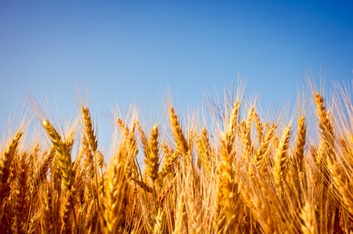
Wheat germ
Remmer says that wheat germ is the nutritional powerhouse of the wheat kernel. It’s loaded with protein, iron and B vitamins such as folate, plus its high fibre content helps prevent constipation and keeps your appetite in check. “It’s very low on the glycemic index meaning that it doesn’t cause a blood-sugar spike. [You stay] fuller longer,” says Remmer.
How to use it: Wheat germ makes a great addition to smoothies, hot cereals, baking and cooking recipes. Be sure to store raw wheat germ properly. Its healthy polyunsaturated fats can quickly turn rancid. Remmer recommends keeping wheat germ in a tightly sealed container in the freezer for optimum freshness.
Related:
• Seeds and whole grains: An easy way to boost nutrition
• 9 superfoods to rev up your workout
• 10 of the most nutritious foods in the world
